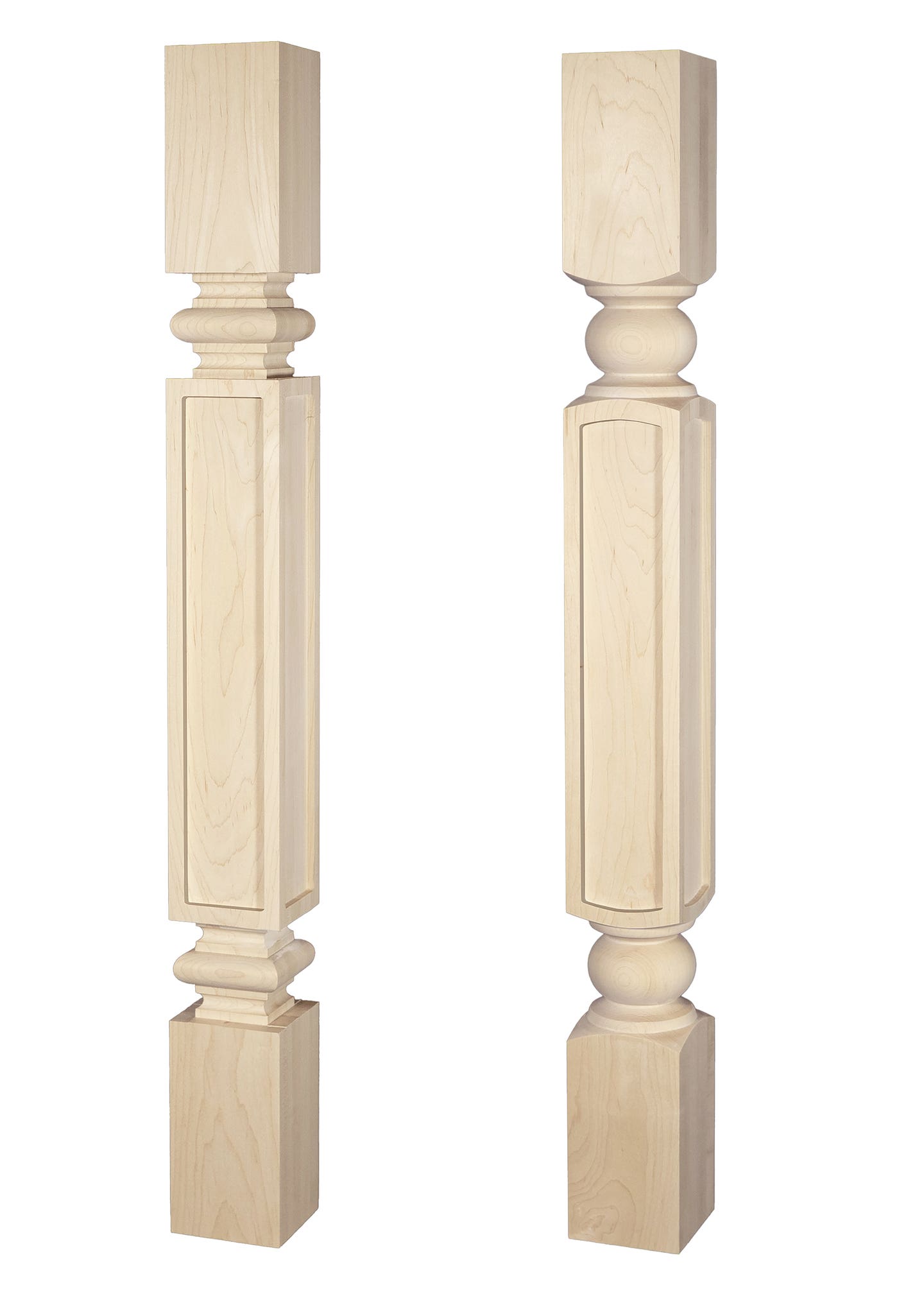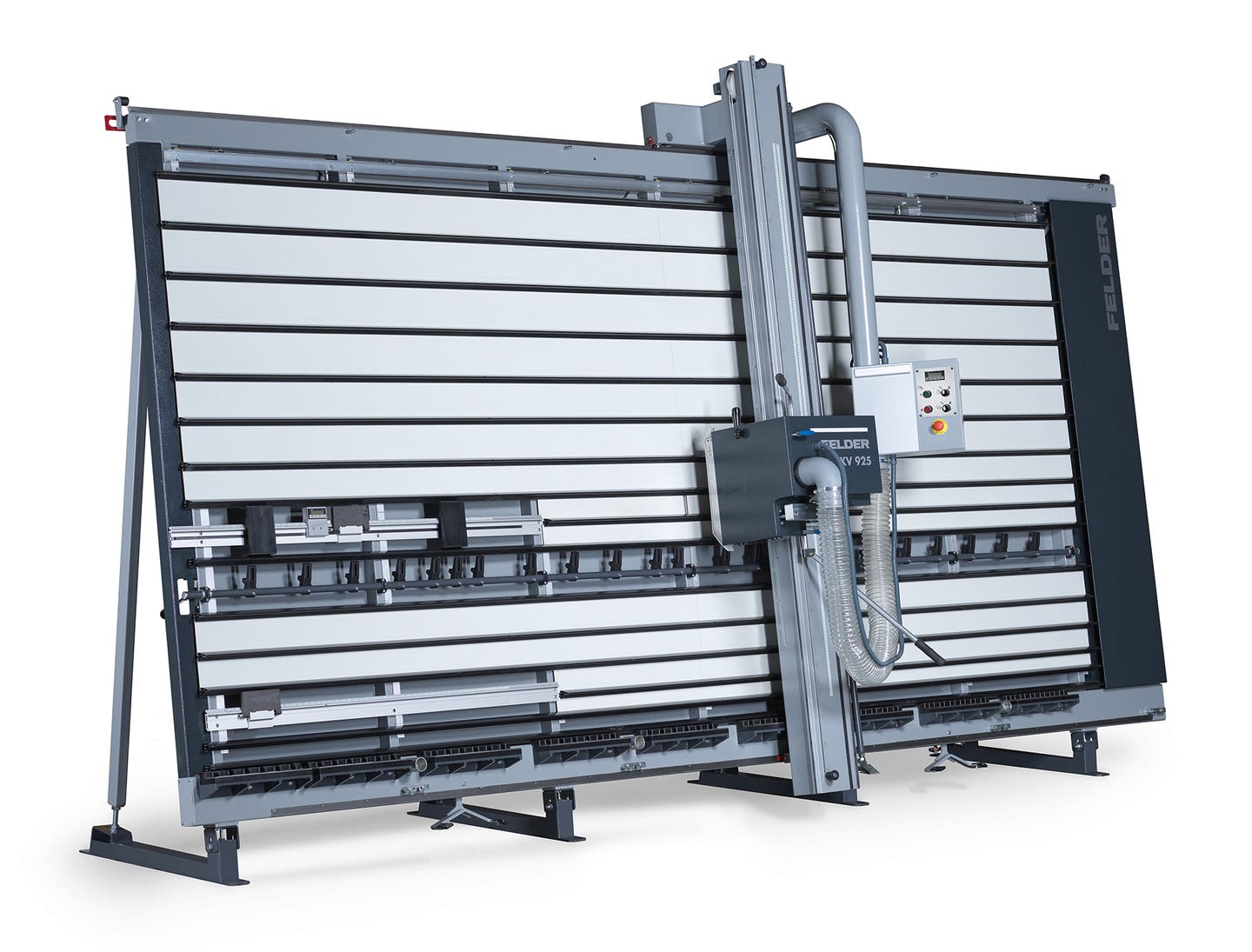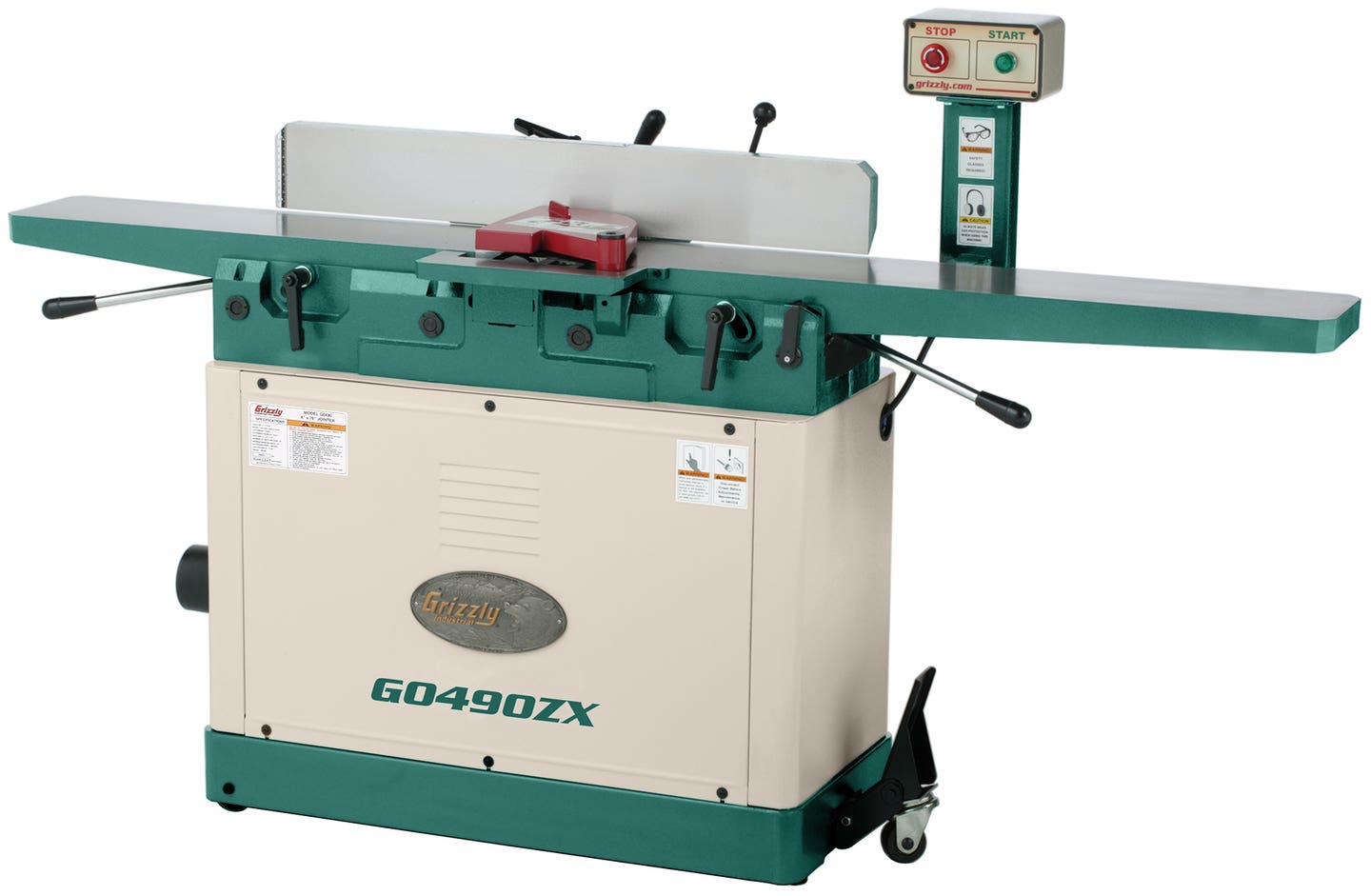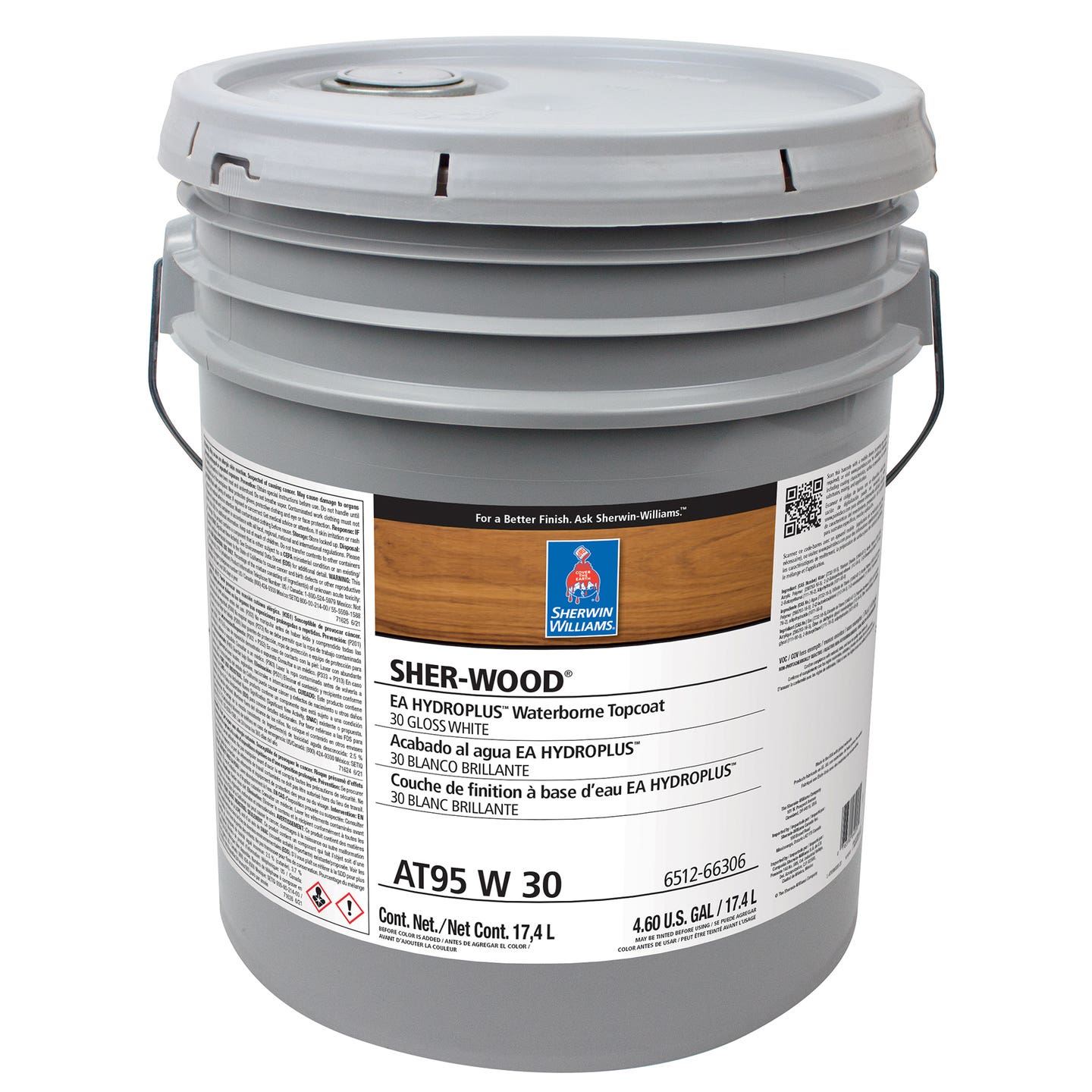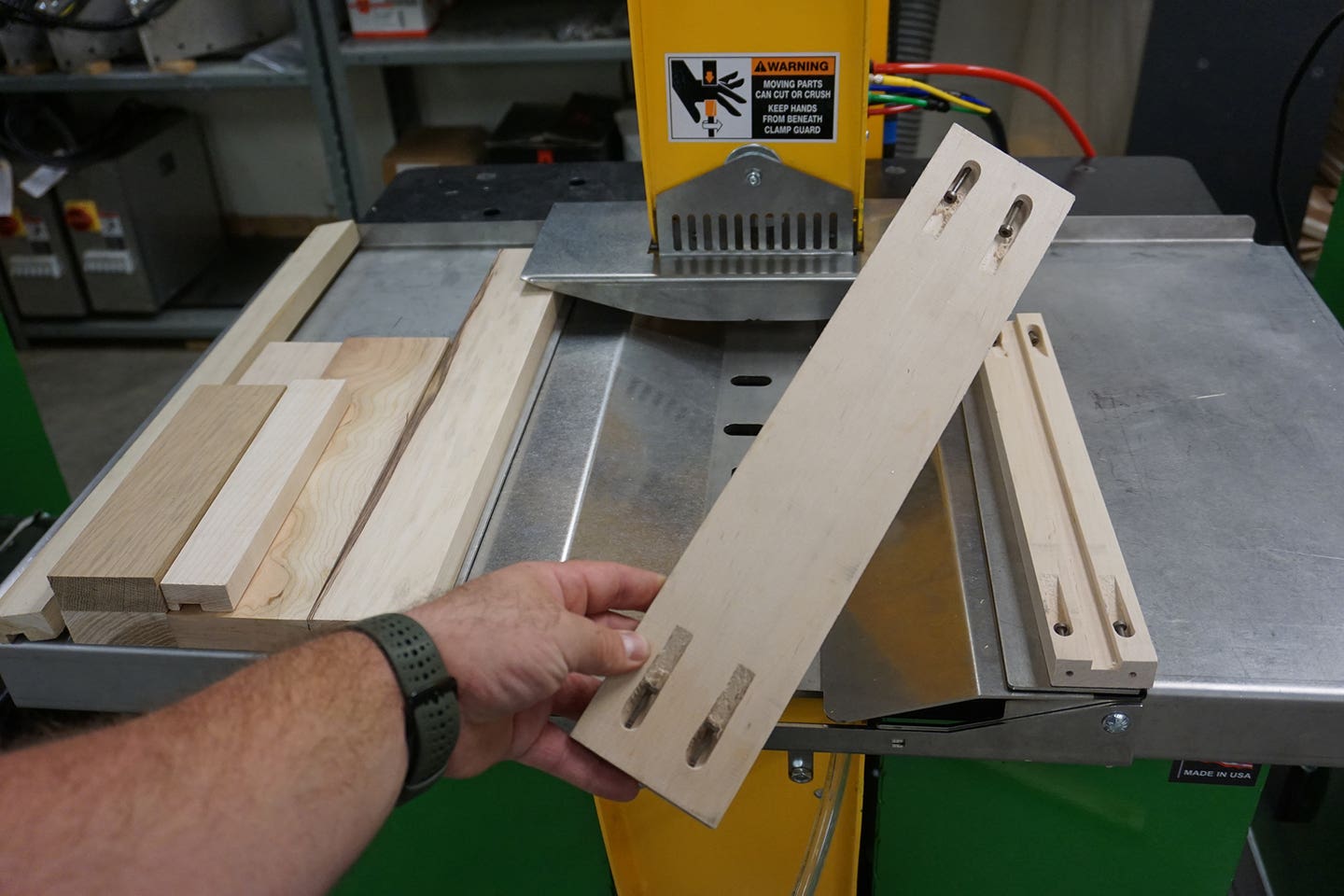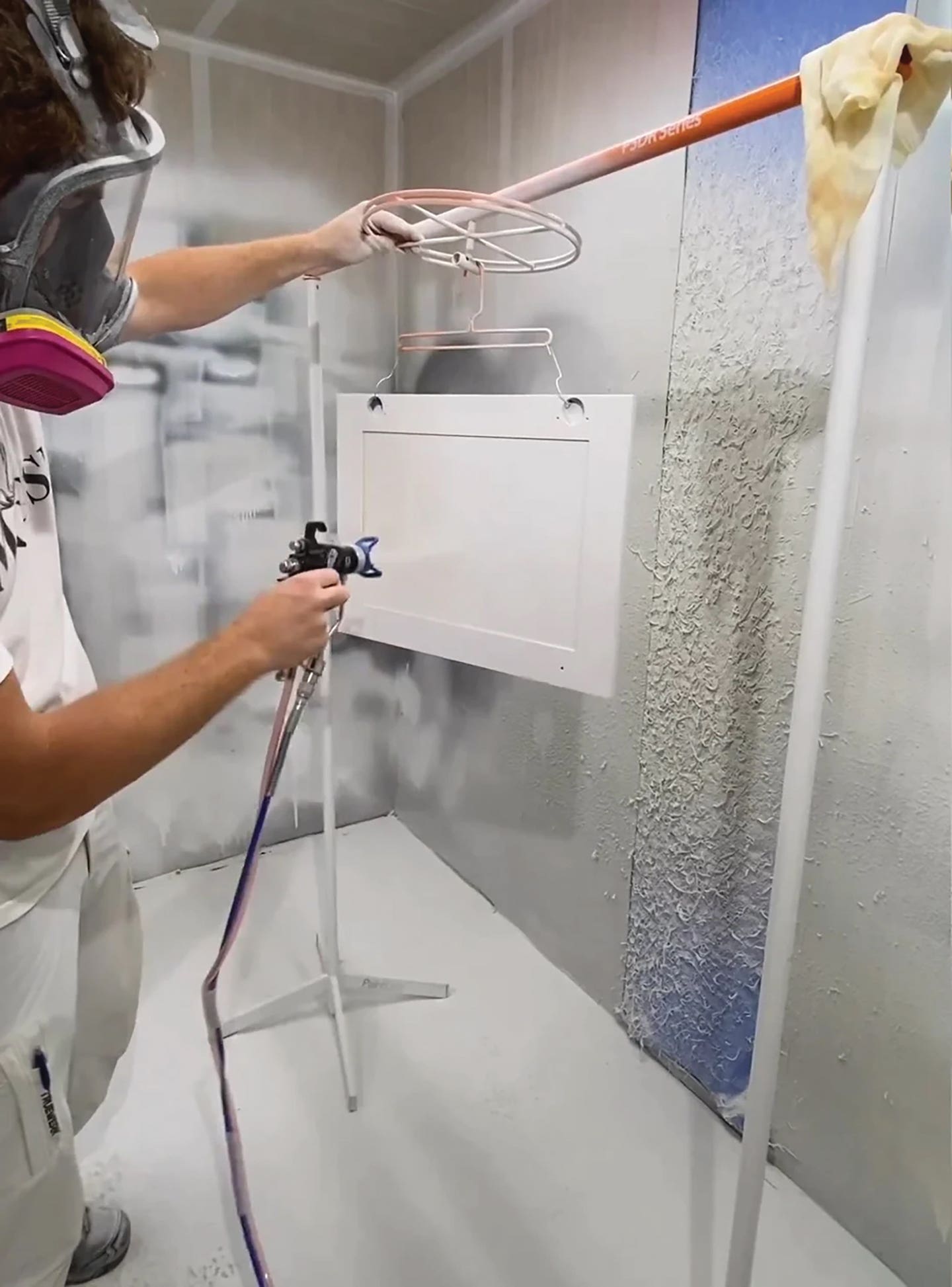Vacuum presses: Commercial and shop-built solutions
The concept of a vacuum press is pretty simple: it’s a device that applies an equal amount of clamping pressure over a large area by using an electric or pneumatic…
The concept of a vacuum press is pretty simple: it’s a device that applies an equal amount of clamping pressure over a large area by using an electric or pneumatic pump to suck the air out of a big plastic bag.
The most common use for vacuum presses in the woodshop is to adhere wood veneers or laminates to a substrate, usually plywood. Rather than building a complex mechanical clamp that uses curved cauls to apply pressure to the center of a glue-up, a vacuum press just requires that the assembly be inserted in the bag. The pump is turned on and an incredible amount of pressure is exerted across the entire surface. Once the initial job of air removal is completed, the pump can relax as it only has to deal with a small amount of air leakage for an hour or two while the adhesive cures.
A woodshop owner or manager who is thinking about investing in a vacuum press has a couple of options. If there is a regular demand for laminated panels, you can buy a turnkey commercial unit and get to work today. But if the shop only does occasional small jobs, a woodworker can assemble a press using widely available components and it’s not too complicated.
System choices
There are both small and large commercial units available. For example, Woodcraft Supply (www.woodcraft.com) offers a basic small system that includes a pump and a 36” x 54” vacuum bag (item No. 147849) for $395.
Most over-the-counter systems include an electric pump with a pressure gauge attached, a length of hose, sometimes a proprietary connector that allows the operator to attach the hose to the bag and the bag itself. These small pumps are usually continuous duty (on some, you need to shut them off when the right pressure is reached). Woodcraft’s model produces up to 25” Hg, which is 1,774 lbs/ft2 (pounds per square foot) of pressure. The ‘Hg’ (sometimes written as ‘inHg’) is a unit of measurement that is widely used in the refrigeration industry and it refers to inches of mercury.
That might sound familiar to older woodworkers because, long before smartphones had weather apps, many of America’s homes had a barometer in the front parlor that was used to predict the weather. It would measure atmospheric pressure by the level to which a circular column of mercury would rise in a glass tube. (The chemical notation for mercury is Hg.) High pressure usually means dry air and lots of sunshine, while low pressure is related to storms and rain. Older barometers usually list inches of mercury at 60 F, while newer ones also add a dial for hectoPascals (hPa), a unit of measurement based on the work of Blaise Pascal, a 17th century French mathematician and inventor who helped define the fields of pressure and vacuum.
For shops that do veneer work fairly regularly, Highland Woodworking in Atlanta (www.highlandwoodworking.com) offers a heavy-duty, 6 CFM vacuum pump with a 1/3-hp, 110-volt power supply for $840. The maximum vacuum is 27” HG and the controls include an automatic shutoff at 25” HG (this is called auto-cycling). It also comes with a dual power switch for both vacuum pressing and vacuum clamping. At just 9-1/2” wide and 22” long, this 50-lb. unit doesn’t take up much bench or floor space. Highland offers 61” x 121”, 49” x 49” and 49” x 97” bags.
Most of the bags available for small vacuum press systems are either 20 or 30 mil thickness and they are usually clear. Being see-through, a woodworker can often see and catch a problem before the glue starts curing. In general, the bags have thermo-welded seams along three sides and some kind of mechanical fastener (often a zipper-type) for the fourth, where the hose is inserted. In some systems, both ends of the bag can be opened and this is designed to facilitate gluing up odd-shaped forms.
For very small projects, take a look at Thin Air Presses from Roarockit Skateboard Co. in Toronto (roarockit.com). These are a couple of very affordable kits (under $60) that are based on the company’s own experience building curved platforms for skateboards. Thin Air Press vacuum pump systems use a manual vacuum pump and the included instructions provide how-to information on using foam as a mold for bending wood.
Larger units
The Highland Woodworking unit’s big brother, the Hi-Flo Industrial from Vacuum Pressing Systems in Brunswick, Maine (www.vacupress.com), is a 10 CFM, 3/4-hp, oil- and maintenance-free rotary vane pump. This unit is faster and more powerful than anything mentioned above and this combination of features is extremely valuable when dealing with larger curved work or multi-bag operations.
Because of the volume of air it can remove, the Hi-Flo VacuPress can accommodate up to three bags with the addition of the company’s manifold adapter, which means that several parts can be assembled, glued and cured at the same time. New, high-end digital controls are easy to read and adjust. The digital switch allows a woodworker to set the pump’s shutoff and turn-on points independently from each other, which means that you can program different vacuum settings for each bag. That can be extremely helpful in woodshops that are at high elevations or for curved work and even for different glue types.
Larger pumps also allow the woodshop to stack several laminations on top of each other and process a number of panels simultaneously.
A number of companies such as VacuPress and Quality VAKuum Products (www.qualityvak.com) offer frame presses, which are essentially flat tables with “doors” on the top. Designed to accommodate large parts, frame presses are also easy and quick to load, so they are ideally suited to a larger vacuum pump.
Bagpress (www.bagpress.com) is a British company that offers three different sizes of venturi with varying vacuum flow rates and air supply requirements. The company also has one entry-level, five professional-grade and three high-vacuum oil-lubricated presses in its electric vacuum press range. The latter, the HiPro systems, are only built to special order, whereas all the others are held in stock for next-day delivery.”
Large-scale veneer presses usually run on venturi systems that use an air compressor instead of an electric motor. One disadvantage there is that, if the press is activated late in the day, the compressor needs to run unattended at night and this has caused a lot of accidents through the years. Most compressor manufacturers recommend shutting off power to the unit at the end of the workday because if there’s a leak the pump could overheat trying to keep up with demand, and cause a fire.
Do-it-yourself
For woodworkers who want to build their own vacuum press, there is a wealth of information on two related websites operated by woodworker Joe Gorleski of Forest Hill, Md. — www.joewoodworker.com and www.veneersupplies.com. On the former site, Gorleski has included a comprehensive and very easy-to-use introduction to building and using a vacuum press, along with several free plans for various setups.
“Vacuum,” he says, “can be achieved either through the use of an electric vacuum pump (diaphragm, piston, rotary vane, etc.), or with a pneumatic device called a venturi.” This uses compressed air from the shop’s existing compressor to create a vacuum.
“Both systems work nearly identically,” Gorleski says, “but there are some details that might swing your vote in one direction or the other. Venturi systems are easier to build, cost less and have fewer moving parts. Additionally, you’ll find that a 3 CFM venturi can draw a full vacuum faster than a 3 CFM electric vacuum pump.”
Gorleski goes into great detail on this and several other aspects of the veneering art such as platens, meshes and substrates. In fact, anybody who is unfamiliar with veneering techniques will discover the answers to virtually all of their questions on one or the other of his sites or in a special frequently-asked-questions section that he has created. The Veneer Supplies site offers a huge array of exotic veneers and supplies (more than 4,000, each with a photo) and also sells everything that a shop owner would need to actually construct a vacuum press in-house. Spend a few hours with Gorleski online and you might just discover a whole new hobby.
Woodworker Bob Brokaw of the Gwinnet Woodworkers’ Association did just that. Brokaw is a past president of the Gwinnett County (Ga.) group. He took Gorleski’s basic small system and used it to create a large-scale vacuum veneering press. Check out the video on You Tube.
This article originally appeared in the May 2015 issue.


